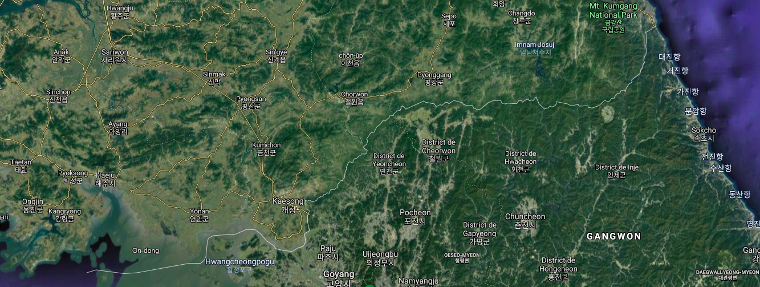Aims
The secrets of biodiversity might be kept for decades for wrong reasons. Conflict and militarized zones can hide biodiversity by limiting the development of human activities. This is particularly the case of the demilitarized zone (DMZ) and Civilian Control Zone (CCZ) that separate South Korea from North Korea. These zones has been uninhabited, inaccessible and controlled by the army for 66 years, allowing pristine habitats to flourish across the Korean peninsula and living a gap in local biodiversity knowledge. Here, we aim at exploring the animal diversity of the DMZ/CCZ using non invasive observation techniques. For the first time, we will record and decipher the soundscapes produced by animals living in mountain forests. We will use state-of-the-art sound recording and analysis and time composition of the soundscapes and explore the possibility of new sounds that might reveal new species. Behind research, this program aims at reinforcing the conservation of the area and the education of local populations to the sounds of their land through several media (exhibition, sound libraries, websites). methods to describe the acoustic diversity of three habitats (coniferous, south facing deciduous, north facing deciduous forests). We will describe the spatial and time composition of the soundscapes and explore the possibility of new sounds that might reveal new species. Behind research, this program aims at reinforcing the conservation of the area and the education of local populations to the sounds of their land through several media (exhibition, sound libraries, websites).
Participants and collaborations
Yikweon Jang, Hortense Serret, Tzu-Hao Lin, Jae Hyun Kim, Seung Ho Kim, Shinyeong Park, Soyeon Chae
Ewha Womans University, Nabi Ecology, DMZ Ecology Research Institute, Academia Sinica
Funding
National Geographic Society Explorer Grant
Localization
Sound samples
Pictures






